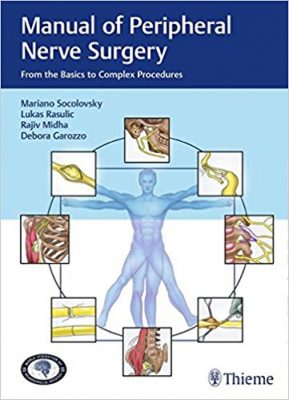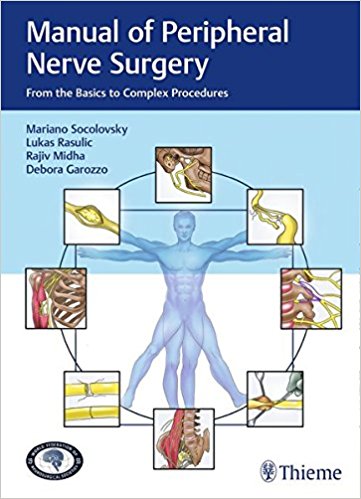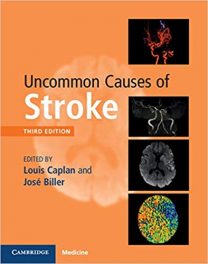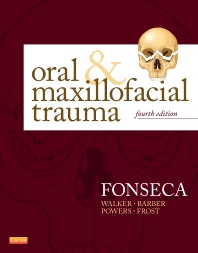 Editors: Mariano Socolovsky, MD; Lukas Rasulic, MD; Rajiv Midha, MD; Debora Garozzo, MD
Editors: Mariano Socolovsky, MD; Lukas Rasulic, MD; Rajiv Midha, MD; Debora Garozzo, MD
Publisher: Thieme – 214 pages, with 267 images
Book Review by: Nano Khilnani
This book deals with the “surgical management of every nerve problem that is currently deemed amenable to surgical treatment, including nerve trauma, nerve compressions, and nerve tumors,” the editors write in their Preface.
They point out that the field of peripheral nerve surgery is ‘extremely rewarding’ because contrary to brain and spinal surgery, this area of practice “has the potential to induce the recovery of previously completely lost function.” This is because axons have the ability “to regenerate and grow, so that over time, they can reach an intended target, whether that be a denervated muscle or an insensate area of the skin.”
Forty-eight specialists in neurology, neurophysiology, neuroradiology, neurosurgery, and related areas, authored the 23 chapters of this book on injuries, lesions, tumors and other conditions pertaining to peripheral nerves. They are from 13 countries – Argentina, Brazil, Canada, Germany, Israel, Italy, Mexico, the Netherlands, Saudi Arabia, Serbia, Spain, the United States, and Uruguay.
Below we provide you chapter titles to give you an overview of what’s covered in this book:
- Nerve Anatomy of the Upper Limbs
- Surgical Anatomy and Approaches to the Nerves of the Lower Limb
- Nerve Injuries: Anatomy, Pathophysiology, and Classification
- Clinical Aspects of Peripheral Nerve Lesions in the Upper Limb
- Clinical Aspects of Traumatic Peripheral Nerve Lesions in the Lower Limb
- Electrodiagnostic Pre-, Intra-, and Postoperative Evaluations
- Magnetic Resonance Neurography and Peripheral Nerve Surgery
- Ultrasound in Peripheral Nerve Surgery
- Surgical Repair of Nerve Lesions: Neurolysis and Neurorrhaphy with Grafts and Tubes :
- Timing in Traumatic Peripheral Nerve Lesions
- Outcomes in the Repair of Nerve Injuries
- Gunshot and Other Missile Wounds to the Peripheral Nerves
- Compressive Lesions of the Upper Limb
- Compressive Lesions of the Lower Limb and Trunk
- Thoracic Outlet Syndrome
- Traumatic Brachial Plexus Lesions: Clinical Assessment, Timing of Surgical Repair
- Traumatic Brachial Plexus Injuries: Surgical Techniques and Strategies
- Neonatal Brachial Plexus Palsy: Clinical Presentation and Assessment
- The Neonatal Brachial Plexus Lesion: Surgical Strategies
- Lumbosacral Plexus injuries
- Facial Nerve Palsy: Indicators and Techniques of Surgical Repair
- Benign Peripheral Nerve Tumors
- Malignant Peripheral Nerve Sheath Tumors
This book has been written not only for those who deal with, and treat surgically or otherwise, the conditions, diseases, disorders, and problems relating to nerves, but also for occupational and physical therapists, hand surgeons, vascular surgeons, and other specialists that work in fields where nerves are involved.
Let us take a look at chapter 9 – Surgical Repair of Nerve Lesions; Neurolysis and Neurorrhaphy with Grafts or Tubes – to get an idea of the outline and structure of content presented in this book.
This is an important chapter because it provides options for possible solutions to different problems, and the techniques for each solution. This is the outline used for this chapter, and it is similar to the ones used in all chapters. Similar outlines used in different chapters makes it easier for students to
learn and retain material, studies on learning and memory have shown.
- Abstract
- Introduction
- Evaluation and Approach
- General Principles of Nerve Repair
- Neurolysis
- Direct Repair
- End-to-end Repair
- End- to-side Repair
- Nerve Grafting
- Autografts
- Allografts
- Nerve Tubes
- Autologous Conduits
- Artificial Conduits
- Post-op Managements
- Tissue Engineering and Future of Nerve Repairs
- References
Quite extensive in coverage yet concise, this handy book on surgery involving nerves outside of the brain and spine is the combined work of nearly 50 experts familiar with injuries, lesions, tumors, wounds, and other situations. It is a very practical, useful and valuable guide.
Editors:
Mariano Socolovsky, MD is Head of the Perip-heral Nerve and Brachial Plexus Unit in the Department of Neurosurgery at the University of Buenos Aires School of Medicine in Buenos Aires, Argentina, and Chairman of the WFNS Peripheral Nerve Surgery Committee
Lukas Rasulic, MD, PhD is Professor in the School of Medicine at the University of Belgrade; Head of the Department of Peripheral Nerve Surgery, Functional Neurosurgery and Pain Management Surgery, Clinic for Neurosurgery, Clinical Center of Serbia in Belgrade, Serbia, and Vice-Chairman of the WFNS Peripheral Nerve Surgery Committee.
Rajiv Midha, MD, MSc, FRCSC, FAANS, FCAHS is Professor and Head of the Department of Clinical Neurosciences at the University of Calgary in Calgary, Canada; Peripheral Nerve Section Associate Editor of Neurosurgery and World Neurosurgery; and Vice-Chairman of the WFNS Peripheral Nerve Surgery Committee.
Debora Garozzo, MD is Head of the Brachial Plexus and Peripheral Nerve Surgery Unit at Neuro Spinal Hospital in Dubai, UAS; and Vice-Chairman of the WFNS Peripheral Nerve Surgery Committee.







